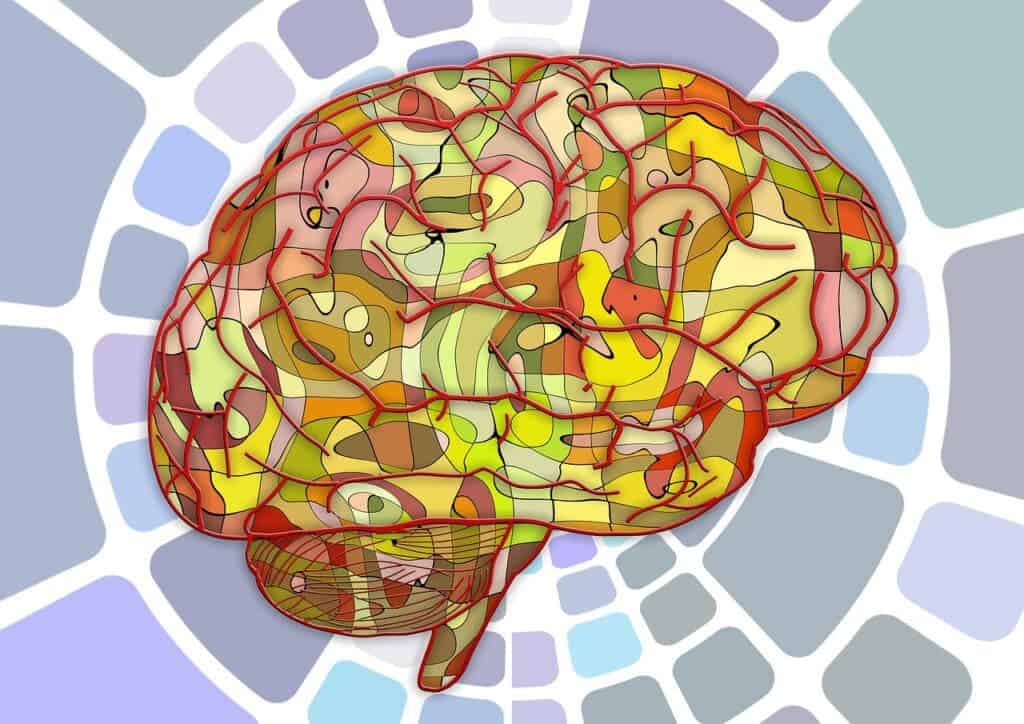
In the Amazon rainforest, Brazilian natives have been brewing ayahuasca tea since the dawn of time. Many westerners are rapidly becoming aware of the mind-altering psychedelic tea, flying to South America to experience an authentic ayahuasca healing retreat. However, it’s only in recent years that scientists has caught up with ayahuasca, after the drug was recently allowed for academic research after a 75-year ban.
A 2013 study carried out by researchers led by Gerald Thomas from the University of Victoria in Canada, found that ayahuasca therapy causes significant improvements “for scales assessing hopefulness, empowerment, mindfulness, and quality of life meaning and outlook subscales.” Thomas argues that ayahuasca therapy is particularly helpful for those suffering from psychological trauma, which puts them at risk of developing alcohol and other drug addictions.
Traditionally, ayahuasca is made by brewing the Banisteriopsis caapi vine and the Psychotria viridis shrub, along with other native plants, in a specific way over a specific period of time. When ingested, the brew delivers a powerful dose of DMT (dimethyltryptamine) to the body. Typically, a DMT trip shouldn’t last more than a couple of minutes but thanks to the presence of at least one monoamine oxidase-inhibiting plant, the DMT remains in the body for hours. The experience has been described as earth-shattering.
Obviously, not everyone has a “good” experience, especially if they aren’t supervised by a mental health professional. But those who come out of ayahuasca trip in good shape often make positive long-lasting changes to their lives, such as kicking addictions or rekindling with their estranged loved ones.
In a new study published in the Journal of Psychopharmacology, neuroscientists affiliated with the University of California, San Francisco, scanned the brains of about 50 healthy participants the day before and the day after they received either a single low dose of ayahuasca or a placebo.
Most neuroimaging studies involving psychoactive compounds tend to focus on the neural activity during the active phase of altered consciousness. In contrast, the new study assessed changes in the brain one day after the ayahuasca session, after the drug was flushed out of the system.
According to the researchers, “the psychedelic experience induced by ayahuasca has a long-lasting effect on the functional organization of brain networks supporting higher order cognitive and affective functions.”
“We found that ayahuasca had an impact on two important brain networks that support interoceptive (processing of bodily sensations, like from the guts and other internal organs), affective, and motivational functions, while primary sensory networks (visual, sensorimotor) were not affected one day after the session,” Lorenzo Pasquini, a postdoctoral fellow at the Memory and Aging Center at the University of California, San Francisco told PsyPost.
Pasquini adds that these changes in these neural networks are associated with introspection, altered levels of affect, and motivation, which may explain both the altered states of consciousness during the high of the drug and the long-lasting brain changes elicited by ayahuasca.
These findings are important in the sense that they enrich the framework in which ayahuasca could be used therapeutically in a clinical setting. Particularly, researchers are interested in the psychedelic’s therapeutic potential for major depression, post-traumatic stress, and addiction.
“The field is just beginning to understand the impact that psychedelic substances and the associated altered state of consciousness have on brain function and affect, not only during the acute sesion but also in the long-term,” Pasquini added.
“Importantly, the pharmacological properties of these substances cannot be dissociated from the setting where the experience takes place. In other words, the right dosage, the right guidance, and a safe environment are all factors that critically impact the therapeutic potential of entheogens.”






